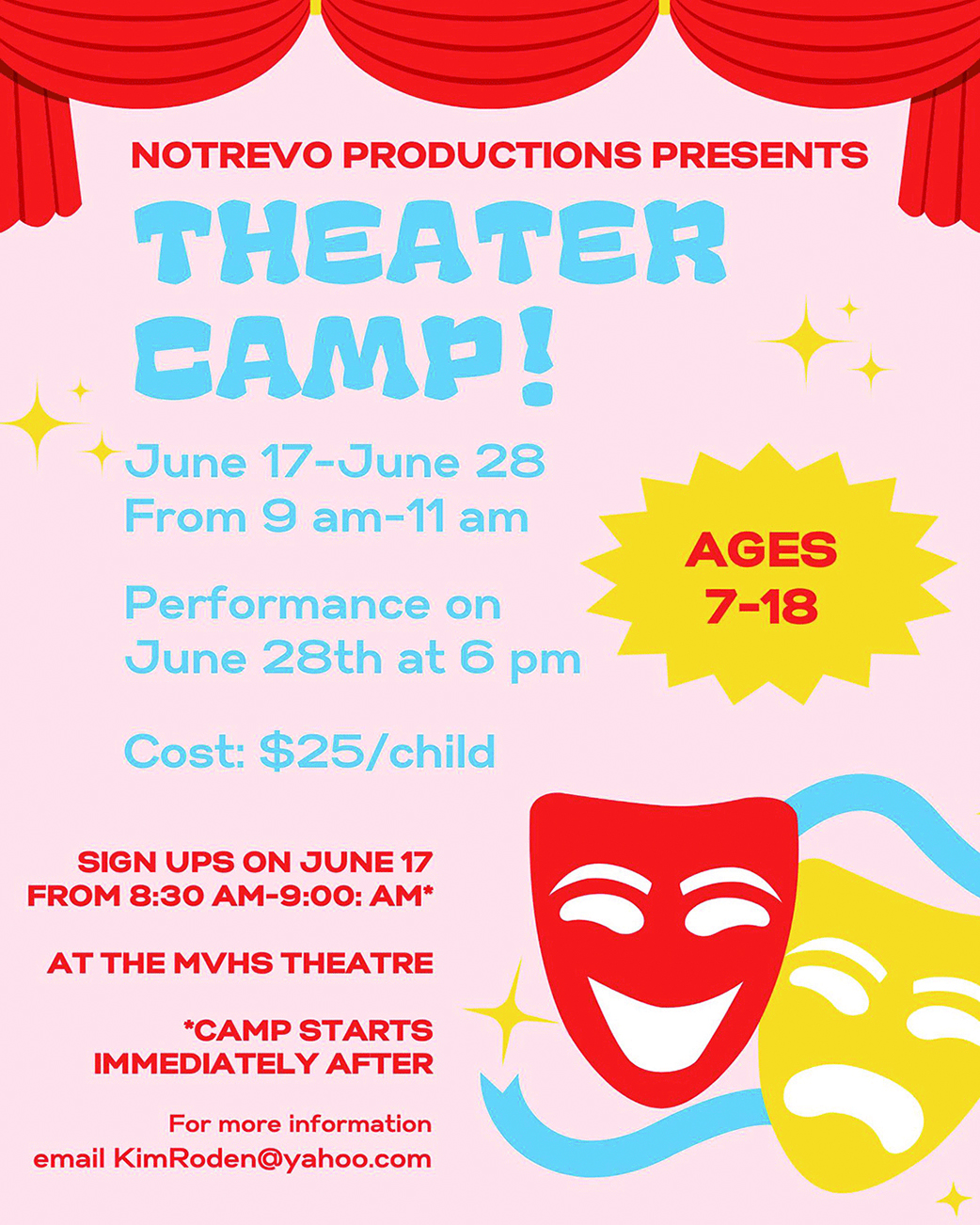By DOUG GILES

Greek mythology speaks of Achilles and his heel that, despite his enormous strength and invincibility, was the lone spot on his body where he was vulnerable. We all probably have at least one Achilles heel in our lives, and we all definitely have an Achilles tendon—two in fact.
Thanks to Greek mythology, we all know where the Achilles tendon is (the back of your heel to your lower calf for those who slept in high school English). But what happens when our Achilles tendon becomes our Achilles heel, when it gets injured and hurts. And what can be done for it?
An Achilles tendon injury (tendinopathy) is one of the most common causes of pain felt behind the heel and up the back of the ankle when walking or running. While Achilles tendinopathy affects both active and inactive individuals, it is most common in active individuals; 24% of athletes develop the condition.
Males experience 89% of all Achilles tendon injuries, and an estimated 50% of runners will experience Achilles pain in their running careers. In all individuals, Achilles tendinopathy can result in a limited ability to walk, climb stairs, or participate in recreational activities.
Achilles tendinopathy is an irritation of the Achilles tendon. Achilles tendinopathy results when the demand placed on the Achilles tendon is greater than its ability to function. This can occur after 1 episode (acute injury) or after repetitive irritation or “microtrauma” (chronic injury).
The severity of acute injuries is graded based on the amount of damage to the tendon:
Grade I: Mild strain, disruption of a few fibers. Mild to moderate pain, tenderness, swelling, stiffness. Expected to heal normally with conservative management.
Grade II: Moderate strain, disruption of several fibers. Moderate pain, swelling, difficulty walking normally. Expected to heal normally with conservative management.
Grade III: Complete rupture, often characterized by a “pop,” immediate pain, inability to bear weight. This injury typically requires surgery to repair and is one of the more awful orthopedic injuries to have!
Fortunately, most Achilles tendon pain and injury can be treated effectively with physical therapy. A thorough clinical exam is usually enough to diagnosis Achilles tendonopathy. Imaging techniques such as x-ray or MRI are often not needed.
There are many effective treatment strategies used in physical therapy to alleviate the pain of this condition. Some of the treatments include: putting an ice pack to the affected area, putting the affected leg in a brace, or using therapies such as iontophoresis (a medicated patch placed on the skin that is electrically charged and used to decrease pain and inflammation) or therapeutic ultrasound.
Another treatment is ASTYM in which specific tools are used to help break down scar tissue and fibrotic tendon tissue that helps restore normal soft tissue quality to the tendon. We also apply kinesiotape—(the cool looking, sometimes bright colored tape seen on many athletes) to help relieve the pain and pressure with walking and running. We also use a specific type of strengthening exercise called eccentric training that is very effective in both the treatment and prevention of this injury.
If your Achilles tendon has become your Achilles heel you may want to consult an orthopedic trained physical therapist for help.








![ElectionAd [Recovered]2](https://mvprogress.com/wp-content/uploads/2024/05/4-24-2024-FC-ElectionAd-Finalv3.jpg)


1 thought on “Treating Achilles Tendon Injuries”
Do you have to be non-weight bearing with a grade II tear.
Would you recommend the iWALK2.0 for recovery opposed to crutches?